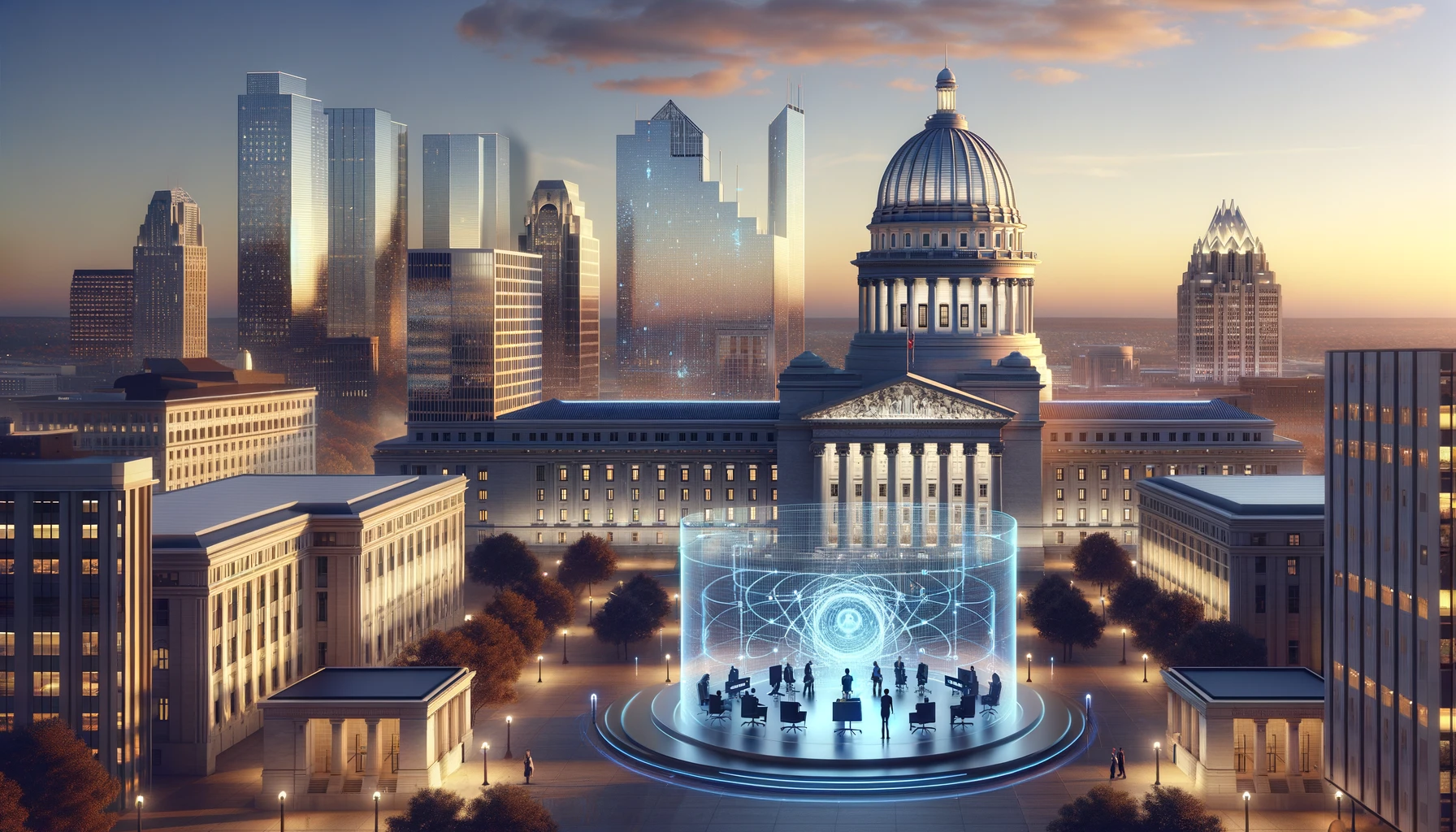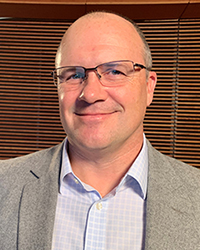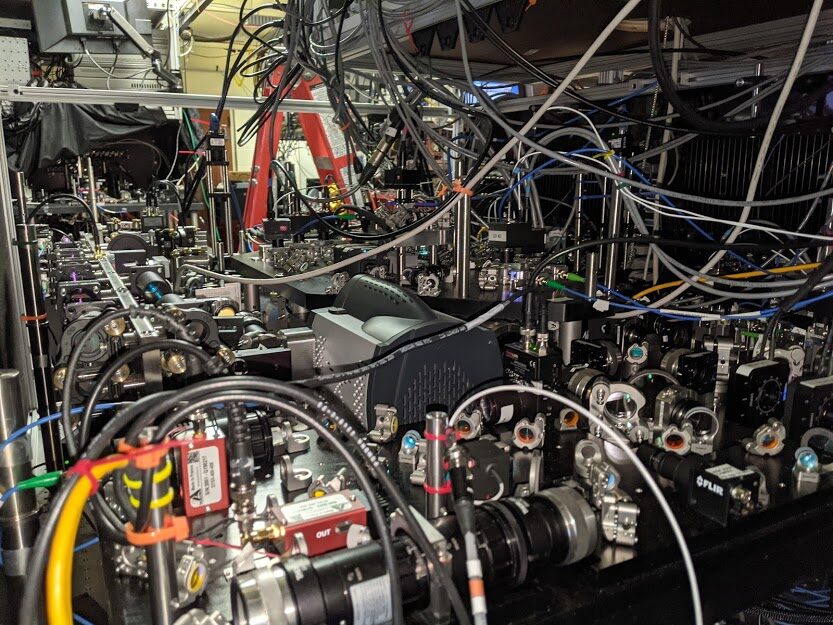We all know our little section of this thoroughfare, but it’s easy to forget we see just a glimpse of this road that ends at Yellowstone Park. Here are 14 things you never knew about Rt. 14.
Read the full article at: https://northwestchicagoland.northwestquarterly.com/2024/05/06/14-short-stories-along-route-14/In the News
Mark Saffman featured in Quanta article “The Best Qubits for Quantum Computing Might Just Be Atoms”
Tomorrow’s Quantum Hotbeds? 7 U.S. Cities That Could Incubate The Next Great Quantum Technology Ecosystem
 Insider Brief The U.S. is a global powerhouse in quantum research and quantum entrepreneurship with quantum ecosystems emerging in several cities and regions. However, the country has the research acumen, the thirst for entrepreneurship and governments that encourage innovation to create even more quantum ecosystems. Quantum ecosystems tend to emerge from areas where there is […]
Insider Brief The U.S. is a global powerhouse in quantum research and quantum entrepreneurship with quantum ecosystems emerging in several cities and regions. However, the country has the research acumen, the thirst for entrepreneurship and governments that encourage innovation to create even more quantum ecosystems. Quantum ecosystems tend to emerge from areas where there is […]
What’s the fastest thing on Earth? Justin Vandebroucke has an answer for Live Science
Ingersoll Physics Museum named “best hidden gem museum in Madison” by Week&
Deborah Pinna, assistant scientist in High Energy Physics, featured in The Economist podcast
Annual ‘Wonders of Physics’ show explores numbers in everyday life
“The Wonder of Physics,” an outreach program from the University of Wisconsin physics department, celebrated its 346th show last Saturday — called the “TH3 PHYS1C5 of NUMB3R5”— and performed dazzling physics experiments for an audience of people from all ages and backgrounds. According to the program, its events have impacted more than 300,000 people, including...
Read the full article at: https://badgerherald.com/news/2024/02/21/annual-wonders-of-physics-show-explores-numbers-in-everyday-life/Tulika Bose, co-organizer of PURSUE, featured in Symmetry article
Physics technology shines at Summerfest Tech

Six top technologies in development at the University of Wisconsin-Madison and other UW System campuses headlined WARF Innovation Day at Summerfest Tech June 29. Wednesday’s event at BMO Tower in Milwaukee drew dozens of in-person and virtual investors who heard seven-minute pitch presentations on high-tech innovations ranging from fusion power to bridge safety monitoring.
“This forum was an exceptional opportunity for investors, media and the public to interface with top University of Wisconsin ideas,” said Erik Iverson, CEO of WARF. “It is this exchange of passion and expertise that forwards the state’s innovation ecosystem.”
One of the presenters included Kieran Furlong, an Honorary Fellow with the College of Letters & Science and CEO of Realta Fusion. Furlong is also the Technology-to-Market (T2M) Advisor to the WHAM project, a fusion energy project led by physics professor Cary Forest.
Furlong’s presentation, titled “Breakthrough Physics for Clean Energy Generation,” had this summary:
The Wisconsin High-field Axisymmetric Mirror (WHAM) project is leveraging major advances in superconducting magnets and plasma heating to pursue commercially viable nuclear fusion power. Fusion is how energy is generated in the sun, yet it has been tremendously challenging to harness on Earth. This project seeks to pave the way to a comparatively low-cost fusion device that can be a net energy generator.
Read the original article by WARF
Sign up to watch the video on the Summerfest Tech virtual platform.
UW–Madison, industry partners run quantum algorithm on neutral atom quantum computer for the first time

A university-industry collaboration has successfully run a quantum algorithm on a type of quantum computer known as a cold atom quantum computer for the first time. The achievement by the team of scientists from the University of Wisconsin–Madison, ColdQuanta and Riverlane brings quantum computing one step closer to being used in real-world applications. The work out of Mark Saffman’s group was published in Nature on April 20.